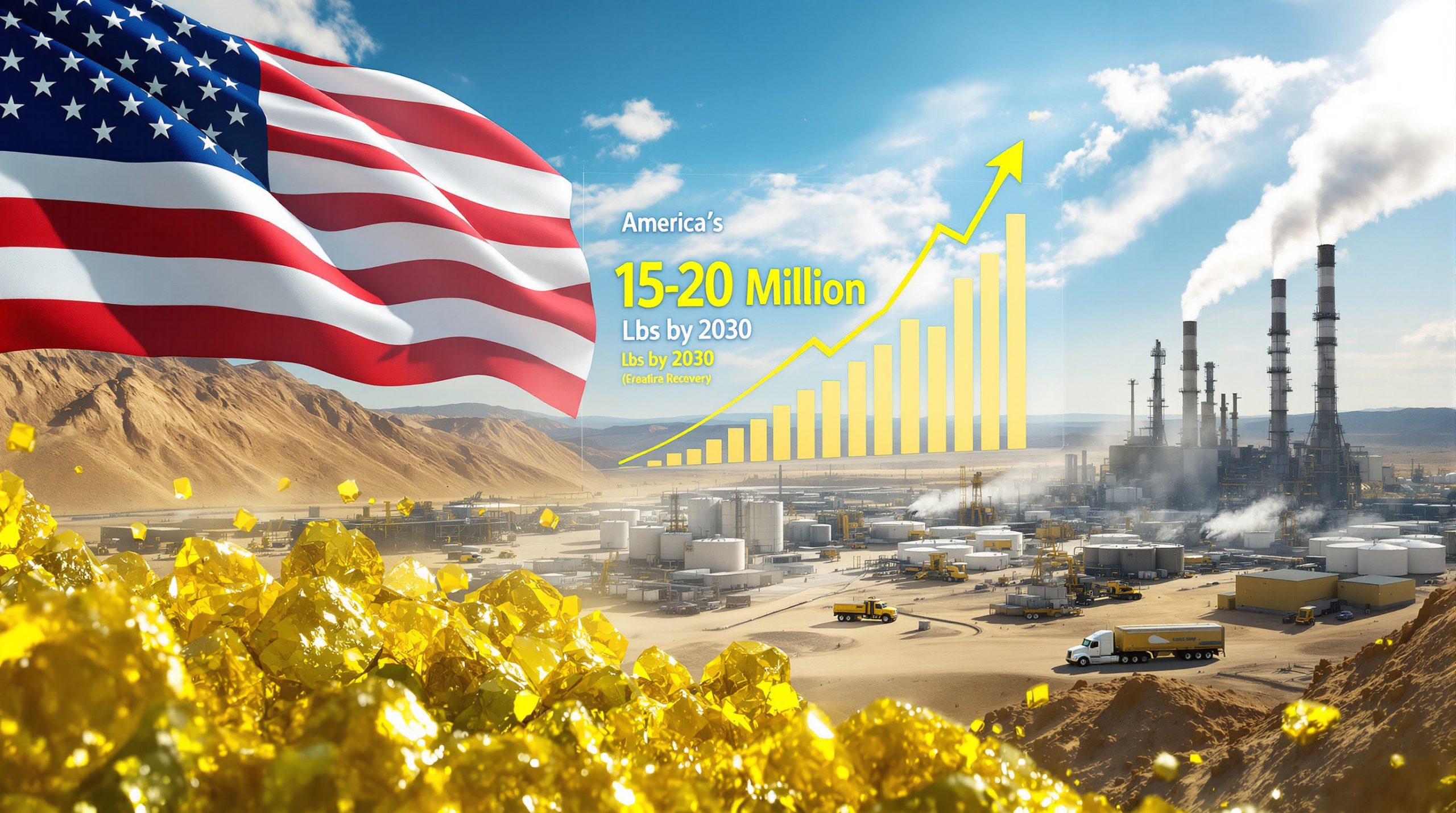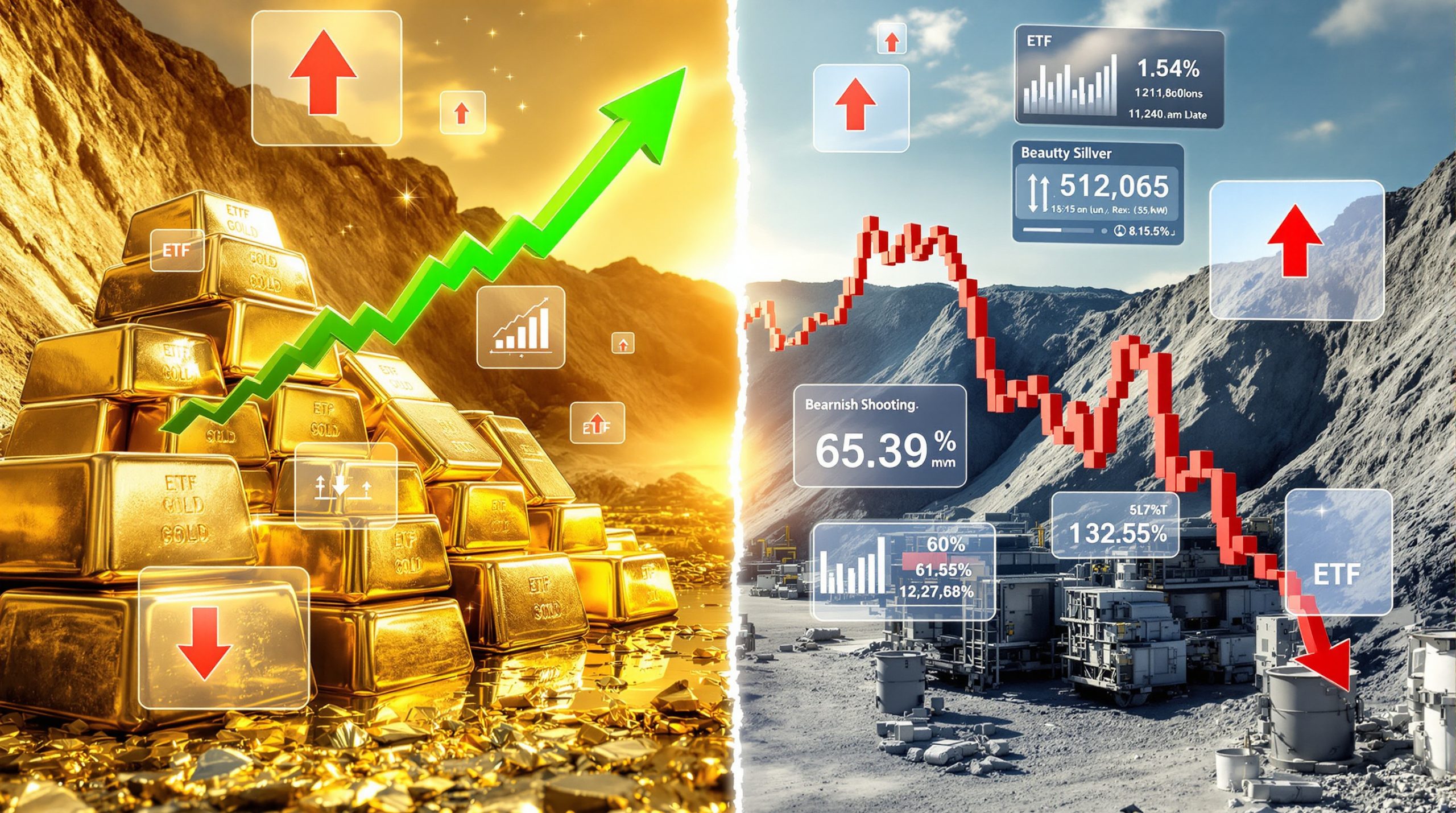Understanding the Critical Minerals Landscape
What Are Critical Minerals and Why Do They Matter?
Critical minerals, such as yttrium and antimony, are essential for modern technology, defense systems, and green energy. Though used in trace amounts (e.g., 30–40 metals in a smartphone), their strategic value is immense. China's dominance stems from early investments in mining, processing, and R&D, while Western nations abandoned these sectors due to environmental and economic pressures. For instance, the U.S. rare earth mine at Mountain Pass closed in the 1990s after environmental spills and cost competition, eroding technical expertise.
The Current State of Global Critical Mineral Supply Chains
China controls 90% of global rare earth processing and 70% of cobalt production (critical for batteries). The DRC produces 70% of the world's cobalt, with Chinese firms owning 15 of 19 major mines. Supply chain fragility is evident in price volatility: tin fluctuated by $5,000–$6,000/ton after a single mine closure in the DRC. The U.S. discards 1 million tons of aluminum annually, equivalent to 10% of domestic demand—a gap China fills via subsidized exports. Furthermore, critical mineral shortages are increasingly affecting the global clean energy transition.
Key Statistics on Critical Mineral Markets
-
Yttrium: Global production ≈20,000 tons/year, 90% controlled by China.
-
Antimony: Prices surged from $10,000 to $30,000/ton post-Chinese export ban.
-
Rare Earth Elements: 35% used in defense applications; U.S. imports 80% from China.
The US-China Critical Minerals Competition
How China Built Its Critical Minerals Dominance
China's strategy combined domestic resource exploitation (e.g., Bayan Obo rare earth mine), offshore acquisitions (e.g., DRC cobalt assets), and vertical integration in processing. By maintaining lower environmental standards and state-backed R&D, China undercut Western producers. For example, it produces rare earth magnets at half the cost of U.S. facilities. In contrast, Africa's critical minerals are becoming increasingly important as Western nations seek to diversify their supply chains.
The US Response to China's Critical Mineral Control
The U.S. has prioritized "friend-shoring" through partnerships with Australia (lithium) and Canada (nickel). The Inflation Reduction Act allocates $369 billion for clean energy, including tax credits for domestically processed minerals. However, reopening mines like Mountain Pass faces delays: permitting takes 7–10 years, while China can launch projects in 2–3 years. According to the International Energy Agency, this permitting disparity represents one of the major hurdles for Western nations seeking mineral independence.
The Escalating Trade War Through Critical Minerals
China's export controls escalated from gallium (2023) to rare earth refining technology (2025), directly targeting U.S. semiconductor and defense sectors. The U.S. retaliated with tariffs on Chinese electric vehicles, but reliance on Chinese graphite (67% of global supply) limits options. This tension has contributed to what many analysts now call a new commodity super-cycle reshaping global supply chains.
Regional Battlegrounds for Critical Minerals
The Democratic Republic of Congo: A Critical Mineral Hotspot
The DRC holds 50% of global cobalt reserves and 10% of copper. Chinese firms control 70% of mining output, while the U.S.-backed Lobito Corridor railway aims to rival China's Belt and Road routes. Artisanal mining, which accounts for 20% of DRC cobalt, remains informal, complicating ESG compliance.
Ukraine's Critical Mineral Potential and Geopolitical Implications
Ukraine's untapped lithium and rare earth deposits, valued at $500 billion, are based on Soviet-era surveys needing verification. Development requires $10–$15 billion in infrastructure, with timelines exceeding 15 years—far longer than political cycles. Consequently, investors must develop appropriate geopolitical investor strategies to navigate these complex markets.
Greenland's Emerging Role in Critical Mineral Supply
Greenland's Kvanefjeld rare earth project faces hurdles: -30°C winters, no roads, and opposition from Inuit communities. The U.S. has pledged $1.2 billion for exploration, but output remains a decade away. In addition to Kvanefjeld, Greenland's malmbjerg project represents another benchmark in sustainable mining approaches in the Arctic region.
Strategic Approaches to Critical Mineral Security
How Can Western Nations Reduce Critical Mineral Dependence?
Reopening mines (e.g., Mountain Pass) and building processing plants could cut reliance by 30% by 2035. The E.U.'s Critical Raw Materials Act mandates 10% domestic extraction and 40% recycling by 2030. The Australian government's critical minerals strategy similarly aims to position the country as a trusted supplier while developing domestic processing capabilities.
The Role of Recycling in Critical Mineral Supply Chains
Recycling recovers 95% of lithium from batteries at 50% lower cost than mining. Apple's robot "Daisy" recovers 1 ton of cobalt/hour from iPhones, reducing reliance on Congo. New U.S. recycling plants, like Redwood Materials' $3.5B facility, can process 100GWh of batteries/year by 2025.
ESG Considerations in Critical Mineral Supply Chains
Apple and Volkswagen require suppliers to meet IRMA standards, auditing 200+ sites annually. However, 40% of artisanal cobalt still enters supply chains via unregulated middlemen.
What This Means for Investors
How to Approach Critical Mineral Investments
ETFs like REMX (rare earths) and LIT (lithium) offer exposure but face 30% volatility. Recycling firms (e.g., Li-Cycle) are undervalued, trading at 12x earnings vs. 25x for miners.
Key Trends to Watch in Critical Mineral Markets
-
China's export controls: 15 critical minerals added to dual-use list in 2024.
-
Infrastructure: $2B pledged for African railways to bypass Chinese routes.
-
Recycling tech: Direct lithium extraction cuts processing time from months to hours.
FAQs About Critical Minerals and Supply Chains
What makes a mineral "critical"?
Economic importance and supply risk define criticality. The U.S. lists 50 minerals, including 14 deemed "strategic" for defense.
Why did Western countries lose their critical mineral capabilities?
Offshoring to China saved 40–60% in costs, but led to a 75% decline in U.S. mining engineering graduates by 2010.
How long would it take to rebuild Western critical mineral supply chains?
Mining projects require 5–10 years; recycling plants take 2–5 years. Full independence is unlikely before 2040.
What role does recycling play in critical mineral security?
Recycling could meet 45% of lithium and 60% of cobalt demand by 2035, reducing mining needs by 25%.
Want to Stay Ahead of the Next Major Mineral Discovery?
Discovery Alert's proprietary Discovery IQ model instantly identifies significant ASX mineral discoveries, delivering real-time notifications that help investors capitalise on opportunities before the market reacts. Explore why critical mineral discoveries can lead to substantial returns by visiting Discovery Alert's dedicated discoveries page and position yourself ahead of the competition.




